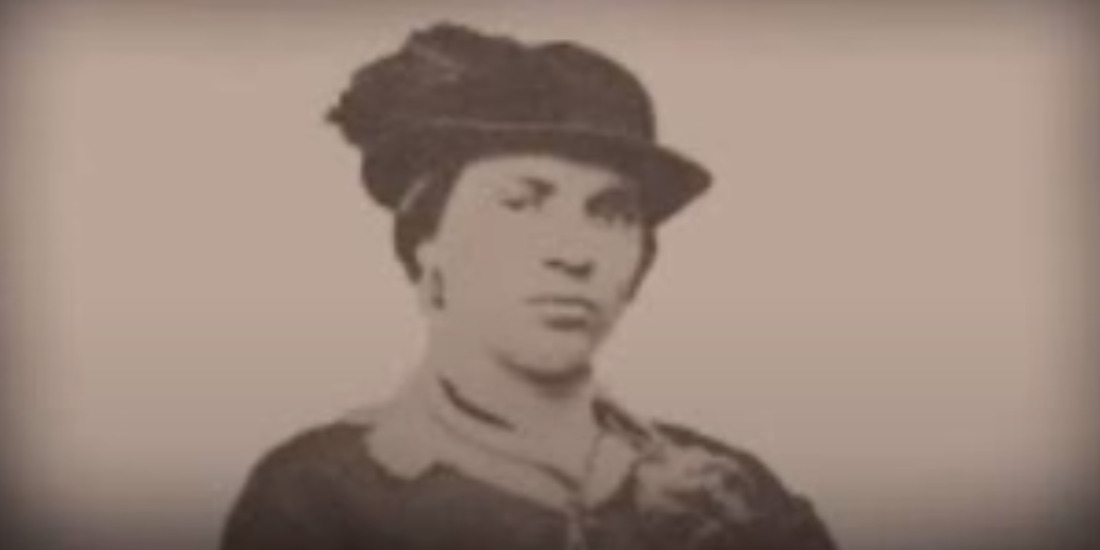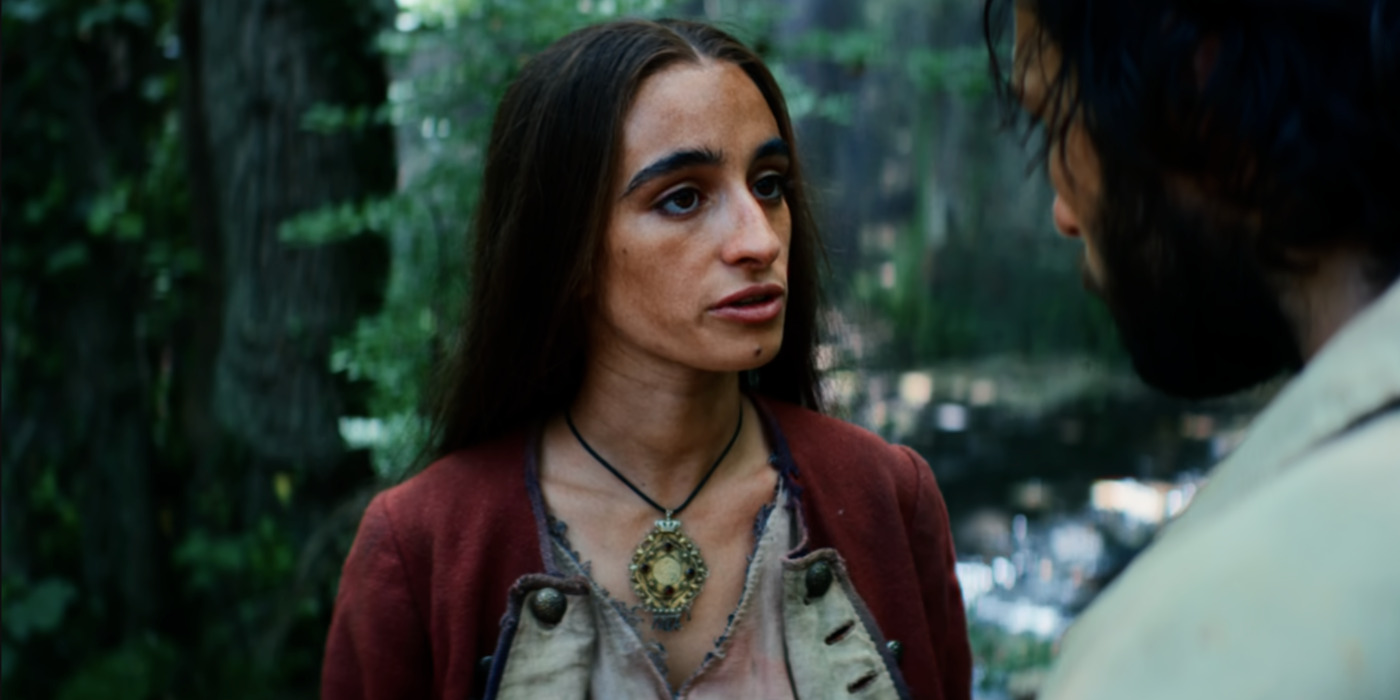In exploring the complicated landscape of 1800s Southern Italy, rife with socio-political distress, ‘Brigands: The Quest for Gold,’ an Italian Netflix adventure show, employs Filomena de Marco as the protagonist, immersing her in a transformative narrative arc. The woman begins the story as a farmer girl, married into a bourgeois family name, who eventually breaks free of her controlling husband and escapes into the forests. In her new life, armed with a lucrative map, the woman assimilates with the Monaco gang, christening herself a female brigand. Consequently, as Filomena becomes involved in the growing struggle between the peasants and the wealthy landowners, she finds herself undertaking various dangerous quests in search of a legendary gold stash.
Within this genre blend of Western and historical fiction, Filomena’s exceptional adventures— ripe with timeless themes of political resistance and unity—pave the path toward fascinating storytelling. However, the same historical roots of the show may compel the viewers to wonder about Filomena’s origins and her possible roots in reality.
Filomena de Marco: A Brigand From Italy’s History
‘Brigands: The Quest for Gold’ charts its 19th-century-centric narrative by blending a fictitious storyline with characters based on real-life historical figures. As such, its depiction of Filomena de Marco emerges as a fictionalized version of an actual Italian Brigand, Filomena Pennacchio. Filomena and her real-life counterpart, Pennacchio, overlap significantly in terms of similarities. Like her on-screen depiction, the real-life Pennacchio was born into a peasant family and became an orphan at a young age.

According to common belief surrounding the woman, Pennacchio married a man who turned out to be an abusive husband and earned her freedom by delivering a swift death to the man. Afterward, escaping into the woods, the woman became a brigand, cementing herself in opposition to the law of the bourgeoise-owned land. The real-life woman’s ever-changing socio-economic background ends up seamlessly adding to the show’s themes of class disparity, social discrimination, and oppression.
Furthermore, Pennacchio’s natural control over her life allows her on-screen depiction to retain agency, creating space for compelling character creation. The same also plays into the show’s focus on highlighting female stories from the historical resistance movements in 19th-century Southern Italy. Likewise, the show also mines from Pennacchio’s actual love life, as it showcases her significant love affair with Giuseppe Schiavone, another Italian brigand. The real-life inspiration behind the central romantic storyline of the show enriches the narrative in instrumental ways, allowing for a thrilling yet realistic turn of events.
Thus, these instances inform Filomena’s historical accuracy within the fictionalized narrative of the show. Yet, at the same time, there are also notable differences that persist between the character and her real-life counterpart. For instance, while Pennacchio did sport a romance with Schiavone, the actual couple’s tale spun much differently since there was no fabled gold-seeking quest involved in their relationship. Likewise, the woman’s real first husband didn’t hold as high stature as the fictionalized De Marco name that allows on-screen Filomena access to a coveted treasure map.

Finally, another significant departure arrives with the show’s depiction of Filomena’s alliance with other notable Brigands, such as Pietro and Ciccilla Monaco and Michelina De Cesare— a storyline bereft of historical accuracy. In real life, there aren’t any accounts that suggest these brigands may have banded together to lead resistance against the Piedmontese institutions in the Basilicata region. In fact, according to records, Pennacchio ended up switching sides after losing Schiavone in an attempt to lessen her own sentencing.
As a result, the narrative compels its interpretation of Filomena to diverge from reality in order to accommodate its more ambitiously fictitious narratives. For the same reason, the on-screen Filomena is rendered a character crafted in her real-life historical inspiration’s image, with ample creative liberty applied. Ultimately, the show mines significant inspiration from the real-life Filomena Pennacchio and presents a similar cinematic counterpart for her in Michela De Rossi’s character. Yet, crucial aspects of the character retain fictionalized origins. Therefore, the show’s portrayal of Filomena is best described as a highly dramatized version of reality.
Read More: When and Where Does Brigands: The Quest for Gold Take Place?


You must be logged in to post a comment.